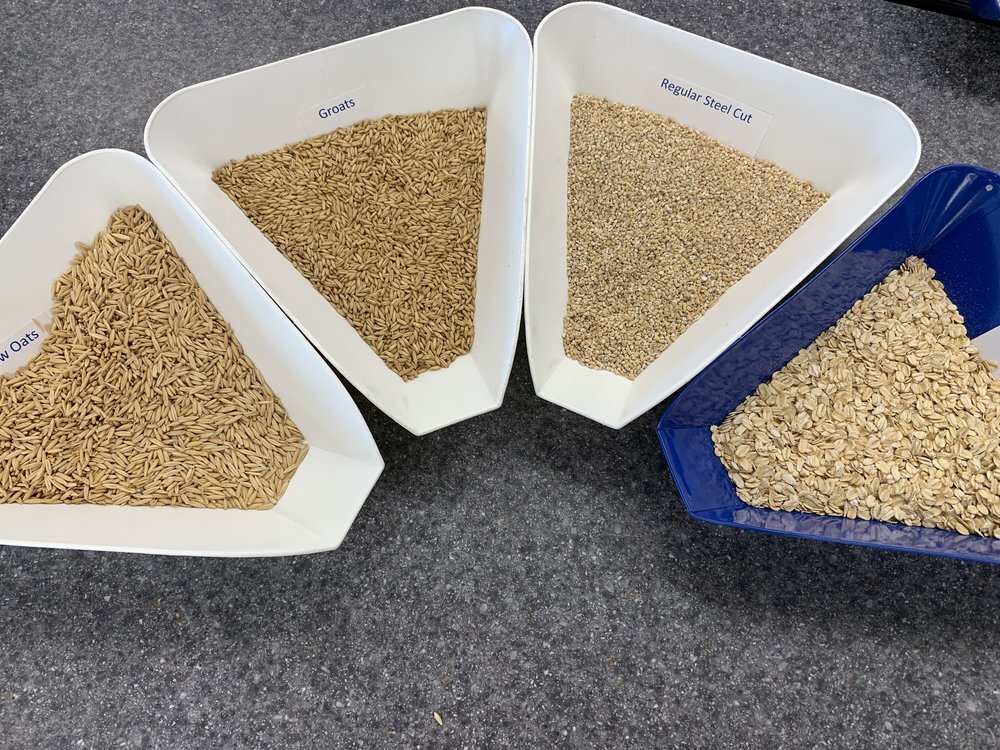My trip to Quaker Mill in Cedar Rapids IOWA!
This post was sponsored by The Quaker Oats Company. All opinions are my own.
Hi guys!!
I recently had the opportunity to step inside and explore the Quaker’s Oat Mill in Cedar Rapids, Iowa to learn how oatmeals made through the step-by-step milling process! Let me tell you, there was SO much I didn’t know about oats and it was so cool learning about it first hand from the largest oatmeal producing company in the world! The Cedar mill can process up to 3.6 million pounds of oats per day- woah!
Here were my biggest takeaways from the tour:
Did you know what raw oat looks like before it’s milled into what we know as oatmeal? I did not! I was shocked to see that raw oat is actually a narrow grain (see image below) with a fibrous hull or shell around it. This is how Quaker receives the oat from the farmers and it goes through an intensive grading process and quality check before the milling process.
The milling process consists of separating the outer hull from the seed and then rolling, cutting or flaking it down to make the oat varieties that we know and love.
This is us (with hard caps, goggles, hair nets, glasses, and headphones on) to tour the machines that remove the hull from the oat. We actually tried removing the hull by hand and it was very difficult and time consuming so I definitely had a better appreciation for the big whirling machines for doing it so quickly and in large amounts.
So once the hull is removed what you’re left with is called a groat!
Quaker Steel Cut, Old Fashioned, Quick Cook Oats, and Instant Oatmeal all start off as a groat! The only difference is how they are rolled, cut or flaked for thickness and size depending on desired cooking times. This blew my mind! Whats even more surprising is it doesn’t matter if you’re eating Old Fashioned oats or Instant Oats, ounce per ounce- they all have similar amounts of fiber, vitamins and minerals across the board.
The next step in the milling process is kilning the groats. This step de-hydrates the groat for a longer shelf life and gives the oats Quaker’s signature toasty flavor. At no point in time are preservatives or other chemicals used in the entire milling process. What you’re getting is 100% whole grain oats and nothing else. It was great to know that!
Once the groats have been kilned, the oat can be rolled and flaked in a variety of ways - determining what kind of product it will become. For example if you send the groat straight to the cutter machine- you would get Steel Cut Oats.
Or if you send it off to get it flattened, it will become Quaker Old Fashioned Oats! Fascinating right?
Instant Oats are the thinnest flakes that are chopped up some more so that it cooks the fastest!
I definitely have a deeper appreciation for Quaker Oats after this trip. Did you learn something new from this blog post? Would love to know what you found the most interesting below!










